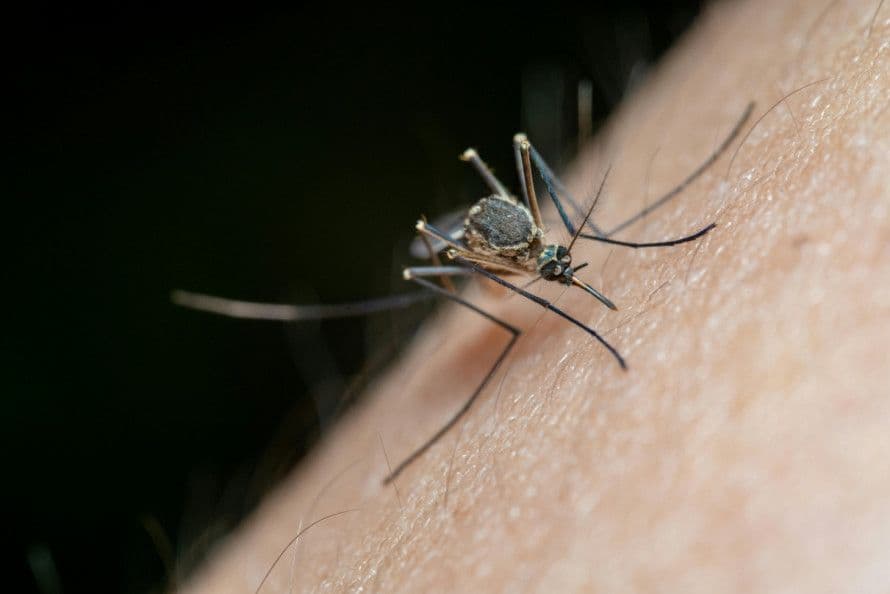The Invisible Enemy: Unmasking Chikungunya's Debilitating Grip and the Global Quest for Resilience
Uncover Chikungunya's debilitating impact, its rapid global spread, and the urgent need for vigilance. With no specific cure, prevention is key to facing this emerging health threat.
Chikungunya: A Global Health Echo from Tanzania to Guangdong
Chikungunya, often referred to by its evocative name derived from a Makonde word meaning "that which bends up" due to the debilitating joint pain it inflicts, first emerged into scientific consciousness in in 1952. This acute, mosquito-borne viral disease, transmitted primarily by , has since embarked on a relentless global journey. Fast forward to today, and its echo is reverberating loudly from southern . Recent reports paint a stark picture: province is grappling with a significant outbreak, with official figures indicating over 7,700 confirmed cases. The city of , a bustling hub, accounts for a staggering ninety percent of these infections. While authorities report most cases as mild with no fatalities, the sheer volume and rapid escalation of infections have rightly triggered international alarm, demonstrating Chikungunya's formidable capacity for widespread disruption.
The Debilitating Shadow: Understanding the Pain and Its Lasting Impact
What truly sets Chikungunya apart, and what makes it such a formidable adversary, is the profound and often incapacitating nature of its symptoms, particularly the severe joint pain. Patients typically experience a sudden onset of high fever, accompanied by an agonizing, crippling joint pain that can affect multiple joints simultaneously. Rashes are also common, adding to the discomfort. Unlike some other mosquito-borne illnesses, there is currently no specific antiviral treatment or cure for Chikungunya. This absence of a targeted remedy means that managing the symptoms becomes the primary focus of care. Imagine the agony: individuals have reported being 'in pain to the point of being unable to walk,' a stark testament to the virus's debilitating grip. Furthermore, the concern doesn't end with the acute phase; authorities in affected regions have even issued 'after-effects notifications,' acknowledging the potential for persistent joint pain and other chronic issues that can linger for months, or even years, casting a long, enduring shadow over patients' lives.
Navigating the New Normal: Travel Alerts, Imported Cases, and Public Health Resilience
In our hyper-connected world, a localized outbreak rarely remains localized for long, and Chikungunya is a prime example. The recent surge in has swiftly transcended borders, prompting swift reactions from international health bodies. The has already issued a travel alert for , a clear signal of the potential risks to international travelers. We're already seeing tangible evidence of this global spread; recently confirmed its first imported case, a 12-year-old boy who had spent two weeks in before developing symptoms upon his return. Similarly, has reported its own imported cases. These instances underscore a critical challenge for public health systems worldwide: how to build resilience against pathogens that ride the waves of global travel. It's a constant balancing act between maintaining open borders and implementing robust surveillance and response mechanisms to prevent widespread local transmission.
Beyond the Bite: Proactive Prevention in a Connected World
Given the absence of a specific cure and the severe, long-lasting impact of Chikungunya, the emphasis naturally shifts to prevention. This isn't just about individual responsibility; it's a collective endeavor, especially in regions prone to mosquito breeding, which often coincides with rainy seasons and warm climates. Effective prevention strategies must target the primary vectors: . This means diligent efforts to eliminate breeding grounds, such as standing water in discarded tires, flower pots, and other containers. Personal protective measures, like using insect repellents, wearing long sleeves and pants, and sleeping under mosquito nets, are equally crucial. Public health campaigns play a vital role in educating communities, fostering awareness, and encouraging proactive participation in mosquito control initiatives. In a world where one person's bite can quickly lead to a regional outbreak, proactive, community-wide prevention isn't just a recommendation; it's a shared imperative for global health security.
The Horizon of Hope: Research, Vaccines, and Future Preparedness
While the current landscape of Chikungunya management is challenging due to the lack of a specific cure, the horizon isn't devoid of hope. Significant global research efforts are underway, driven by the urgent need for more effective interventions. Scientists are tirelessly working to understand the virus better, to develop targeted antiviral treatments that can alleviate symptoms and shorten the course of the disease. Crucially, the development of a safe and effective remains a high priority. Promising vaccine candidates are in various stages of clinical trials, and their successful deployment could fundamentally alter the trajectory of future outbreaks, offering a vital shield against this debilitating illness. Beyond drug and vaccine development, ongoing research also focuses on improving diagnostic tools for earlier detection and enhancing vector control strategies. Ultimately, fostering global resilience against Chikungunya means investing in scientific innovation, strengthening international collaboration, and building robust preparedness frameworks to face future threats head-on.
Related Articles

The Silent Scourge: Unmasking Ukraine's Evolving Midge Menace

The Silent Scourge: Unmasking Ukraine's Evolving Midge Menace

Razor Blades and Recombinant Realities: Unpacking the 'Frankenstein' COVID-19 Variant

Razor Blades and Recombinant Realities: Unpacking the 'Frankenstein' COVID-19 Variant

Siófók's Summer of Shadow: Navigating the Delicate Balance of Protected Pests and Thriving Tourism

Siófók's Summer of Shadow: Navigating the Delicate Balance of Protected Pests and Thriving Tourism

Beyond the Bite: Unpacking the Hidden Hazards of Popular Eateries
